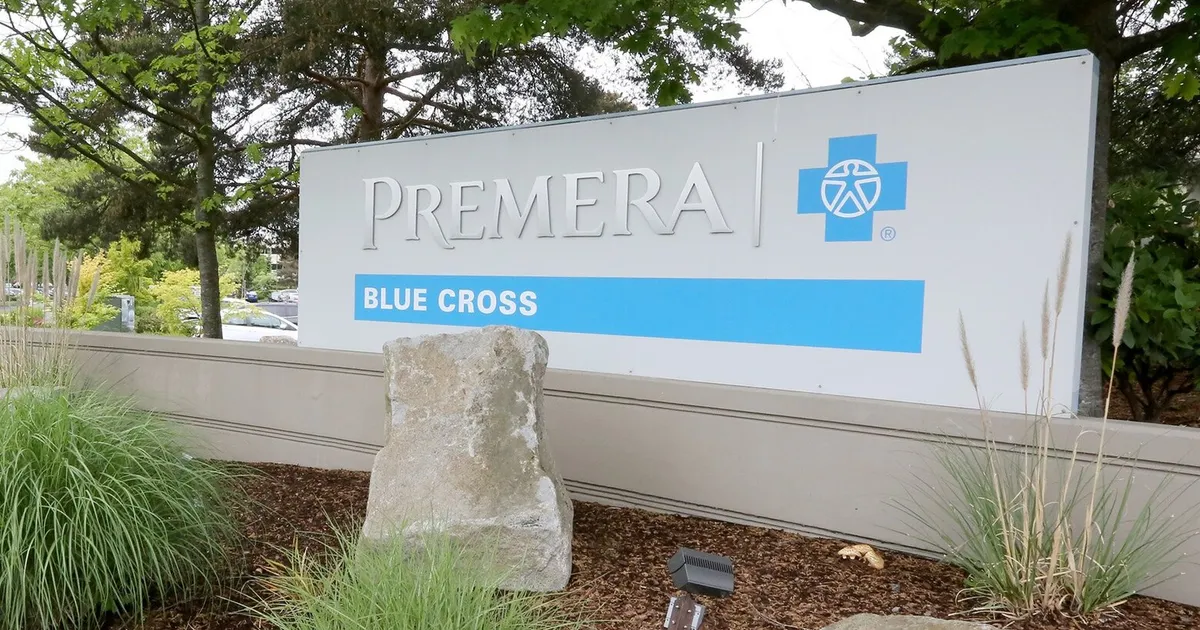
WA health insurance premiums could spike next year
How did your country report this? Share your view in the comments.
Diverging Reports Breakdown
WA individual buyers of health insurance could face a ‘double whammy’
Health insurance companies that sell plans in the individual market are requesting to increase their rates by an average of 21.2% in 2026. The rate, one of the highest hikes in years, could push many in Washington to opt out of coverage altogether. In Washington, 14 insurers submitted rate increase requests for 2026, ranging from 9.6% to 37.3%. One of the biggest factors that will drive up the cost of health care next year is the expiration of generous federal subsidies that have long helped keep cost of monthly premiums low. Without those subsidies, more people will forgo insurance rather than pay spiking premiums, an official says. The state Office of the Insurance Commissioner is reviewing these requests. The office is scheduled to approve and publish the rate increases 2026 by the end of the month. The average requested rate increase is double last year’s hike, criticized among consumer advocates for being too high.
Each year, insurers submit rate change requests to reflect how the cost of health care is expected to rise — or less frequently, fall — in the next calendar year. In Washington, 14 insurers submitted rate increase requests for 2026, ranging from 9.6% to 37.3%.
The state Office of the Insurance Commissioner is reviewing these requests. If they are based on accurate cost projections, the office is required to approve them under state law.
“It’s a tough situation right now,” said Matt McGough, policy analyst at KFF, an organization that conducts research on the health care system. Higher rates generally mean higher monthly premiums, which could pose financial hardship for people who buy their own insurance.
The individual market serves people who do not get health coverage from their employer or who do not qualify for publicly funded programs like Apple Health or Medicare. How much any individual’s premium will rise depends on personal details like age, location and tobacco use, among others.
Insurers calculate rate increases based on a number of factors, including the estimated number of claims they expect to pay and the cost of those claims.
Advertising
Right now, tariffs risk driving up the cost of health care, as they could raise the cost of importing medical equipment or medication.
One of the biggest factors that will drive up the cost of health care next year is the expiration of generous federal subsidies that have long helped keep the cost of monthly premiums low.
Since the COVID-19 pandemic, people buying health insurance in the individual market have been able to take advantage of enhanced premium tax credits that cap what people pay based on their income. Those credits are set to expire by the end of the year, unless Congress takes action to extend them.
Without those subsidies, more people will forgo insurance rather than pay spiking premiums, said Stephanie Marquis, OIC spokesperson. “If those are not renewed, then there’s an expectation that we’re going to see a lot of people drop their coverage.”
People who choose to become uninsured are more likely to be healthier, and their exodus could in turn raise the overall risk profile for insurers, fueling further rate increases in the future.
Advertising
In effect, individual market shoppers can expect a “double whammy” in 2026: less help from the federal government in affording health coverage at the same time rates will rise by potentially double-digit percentages.
The average requested rate increase for 2026 is double last year’s hike, criticized among consumer advocates for being too high. Public comments for next year’s requested increases express concern that they’ll make health coverage harder for people to afford.
“We have been afraid of losing coverage for years, and this rate increase will seal the deal,” said Julie Drake, from Skagit County, in response to Kaiser Foundation Health Plan of Washington’s request to raise its rates by an average of more than 19%.
Sherry Dryja, in Seattle, worried about what an average increase of over 18% would mean for their budget. “That’s not a small adjustment. That’s groceries, car payments and utility expenses.”
Insurers themselves are in a bind, McGough said. To contend with uncertainty around the rising cost of health care, they have to raise their rates. If they don’t, they could incur major losses, if the premiums they charge do not cover their costs. This could force them to leave Washington altogether, reducing the number of insurance options available for residents.
Still, affordability for consumers is a major concern for the OIC, Marquis said. “It’s difficult to tell somebody with health insurance to shop around,” she said. “It’s not an easy change where it might be, by comparison, to switch auto insurance.”
The office is scheduled to approve and publish the rate increases for 2026 by the end of the month.
